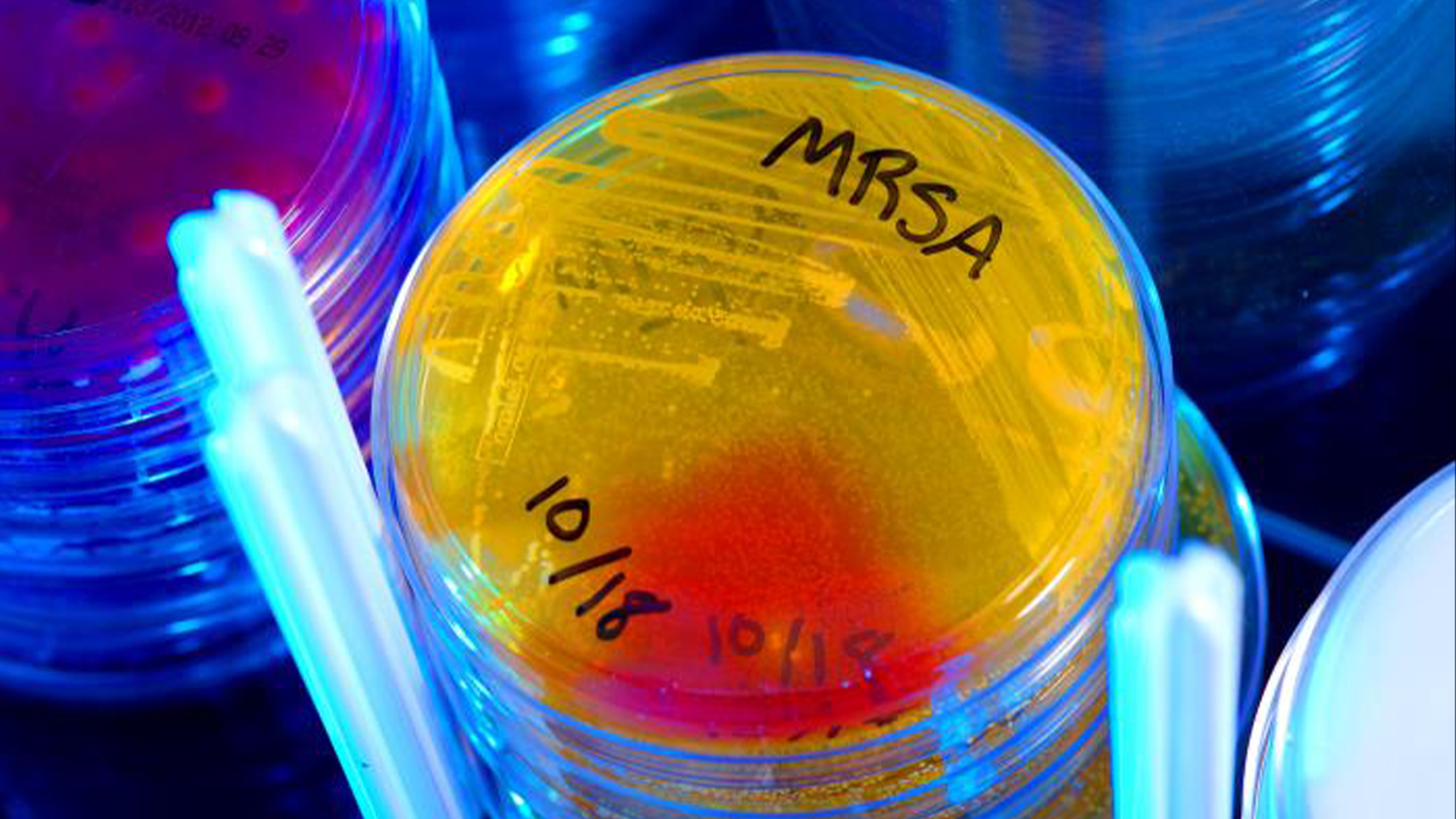
Stephanie Pappas
Stephanie Pappas is a contributing writer for Live Science, covering topics ranging from geoscience to archaeology to the human brain and behavior. She was previously a senior writer for Live Science but is now a freelancer based in Denver, Colorado, and regularly contributes to Scientific American and The Monitor, the monthly magazine of the American Psychological Association. Stephanie received a bachelor's degree in psychology from the University of South Carolina and a graduate certificate in science communication from the University of California, Santa Cruz.
Latest articles by Stephanie Pappas
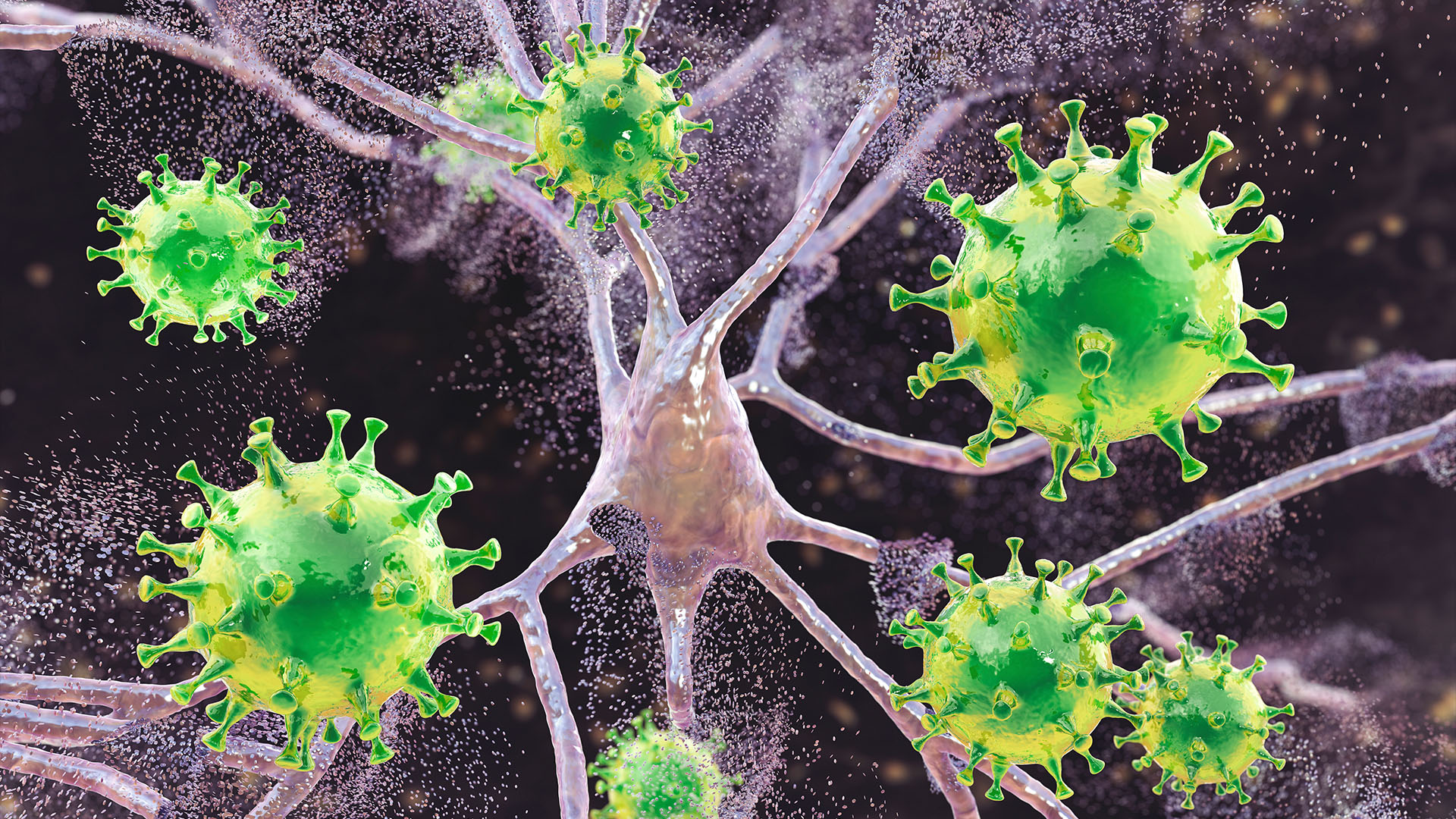
New trial hints at a possible HIV cure approach: Wake up latent virus hiding in the body, then kill it
By Stephanie Pappas published
A clinical trial of a new method to activate and kill HIV in the body shows small success, but it's not yet a cure.

Rare 'super-diamonds' may already exist on other planets, and could be made on Earth, study hints
By Stephanie Pappas published
A simulated form of carbon called BC8, or 'super-diamond', could be 30% tougher than normal diamonds, but synthesizing it on Earth won't be easy.

2,000 earthquakes in 1 day off Canada coast suggest the ocean floor is ripping apart, scientists say
By Stephanie Pappas published
Record earthquake activity off the coast of Vancouver Island hints at the birth of new oceanic crust.
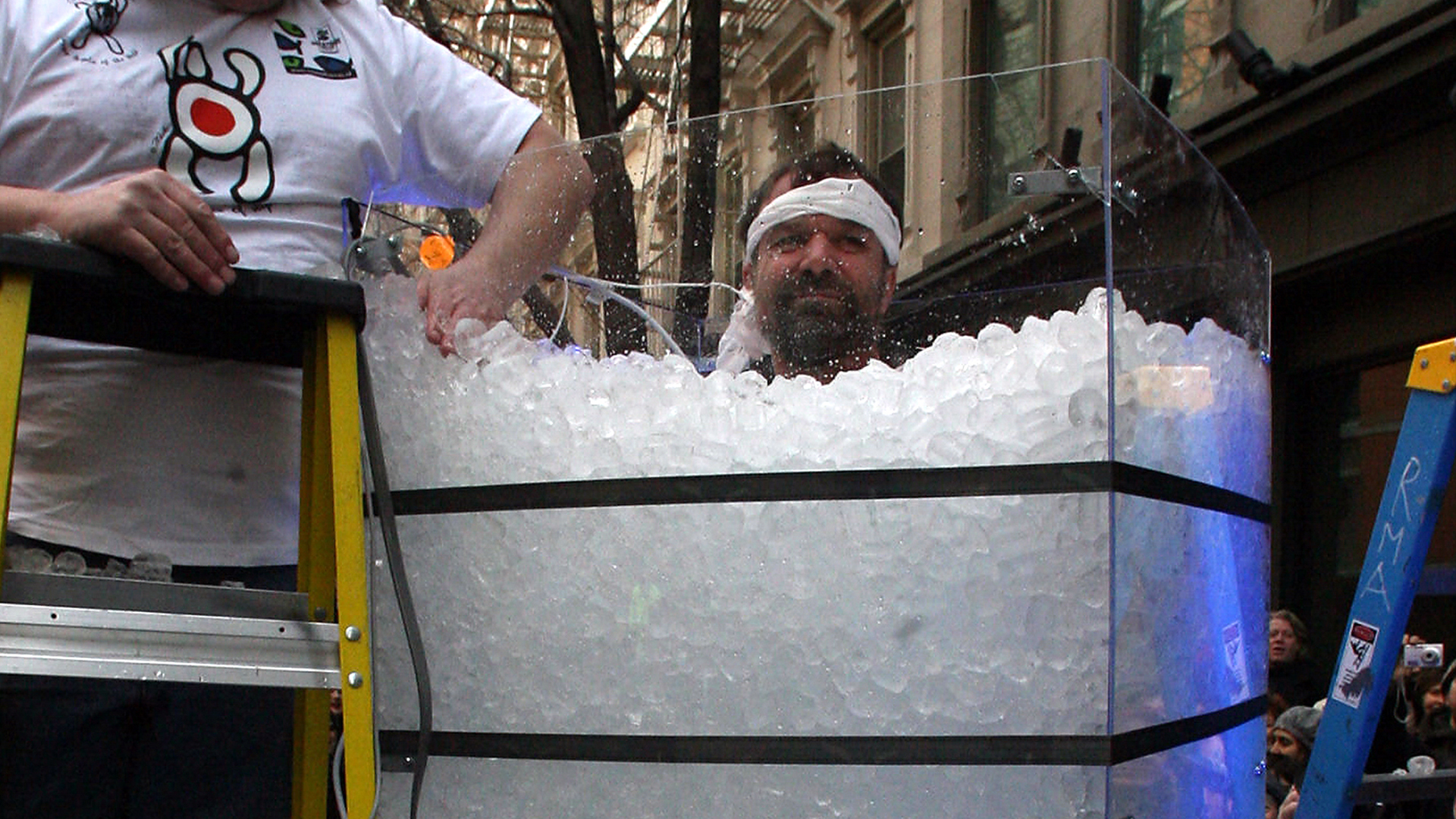
Ice-cold plunges and breath-holding: Does the 'Wim Hof method' do anything?
By Stephanie Pappas published
Wim Hof, known as "The Iceman," purports a combination of breathing exercises and cold exposure has many health benefits. But a new review of studies finds there's limited evidence.
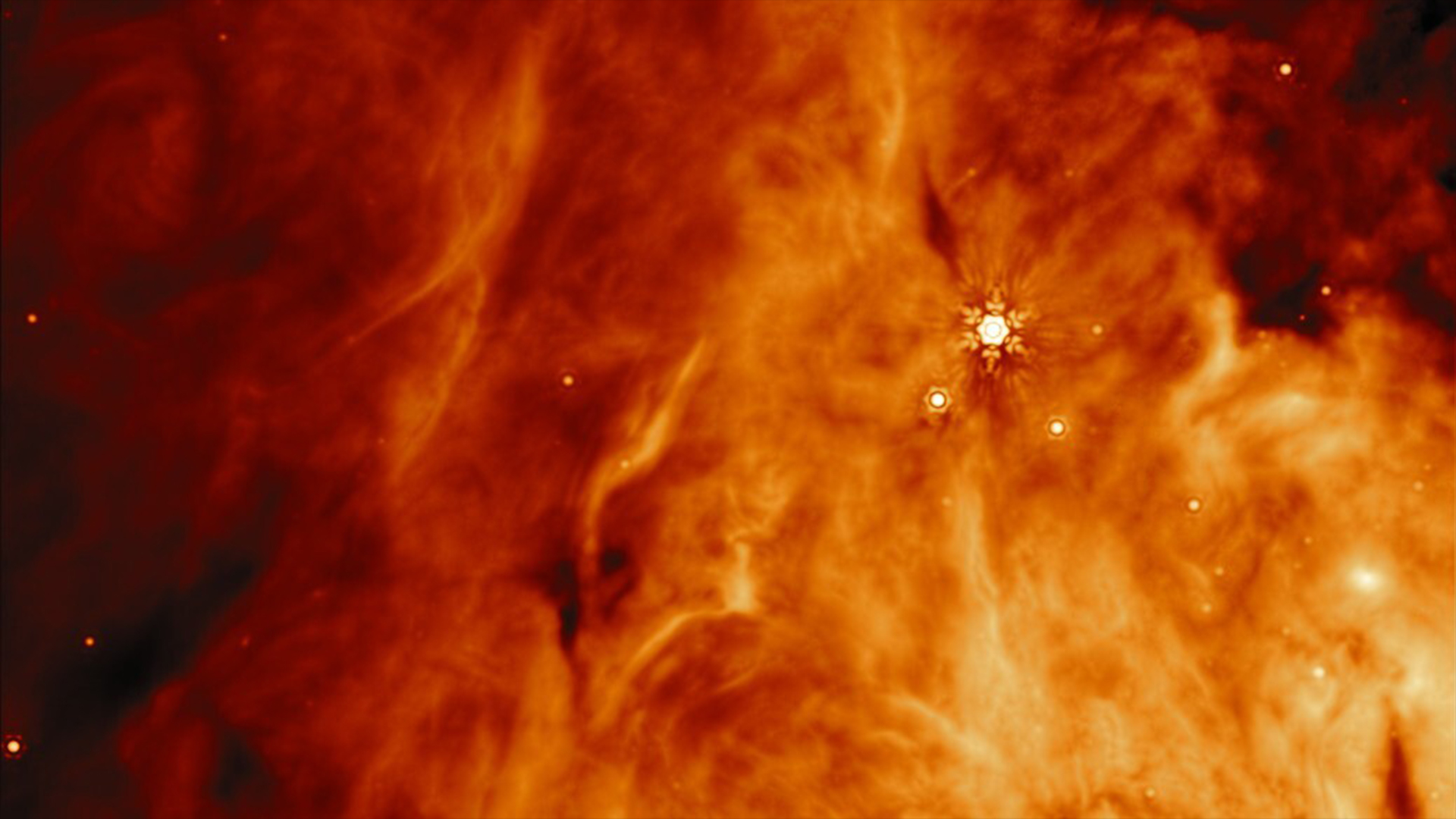
James Webb telescope spots organic molecules swirling around unborn stars, hinting at origins of Earth-like worlds
By Stephanie Pappas published
Complex organic molecules spotted by the James Webb Space Telescope may hint at how habitable planets form.
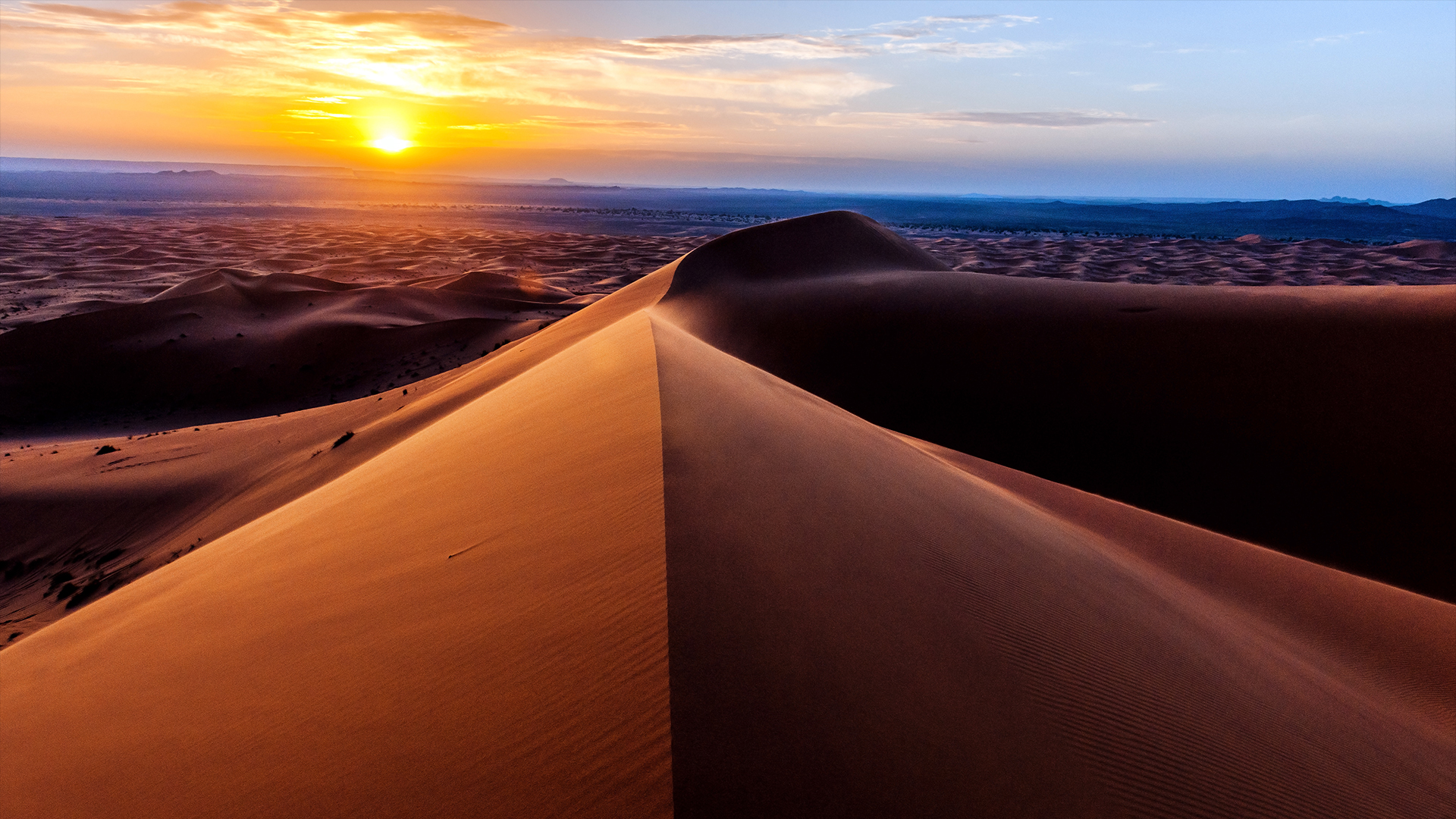
Mystery of enormous Saharan 'star dune' finally solved — and it wasn't what scientists were expecting
By Stephanie Pappas published
Tall, many-armed star dunes are common in deserts worldwide, but scientists know little about the histories of these formations.
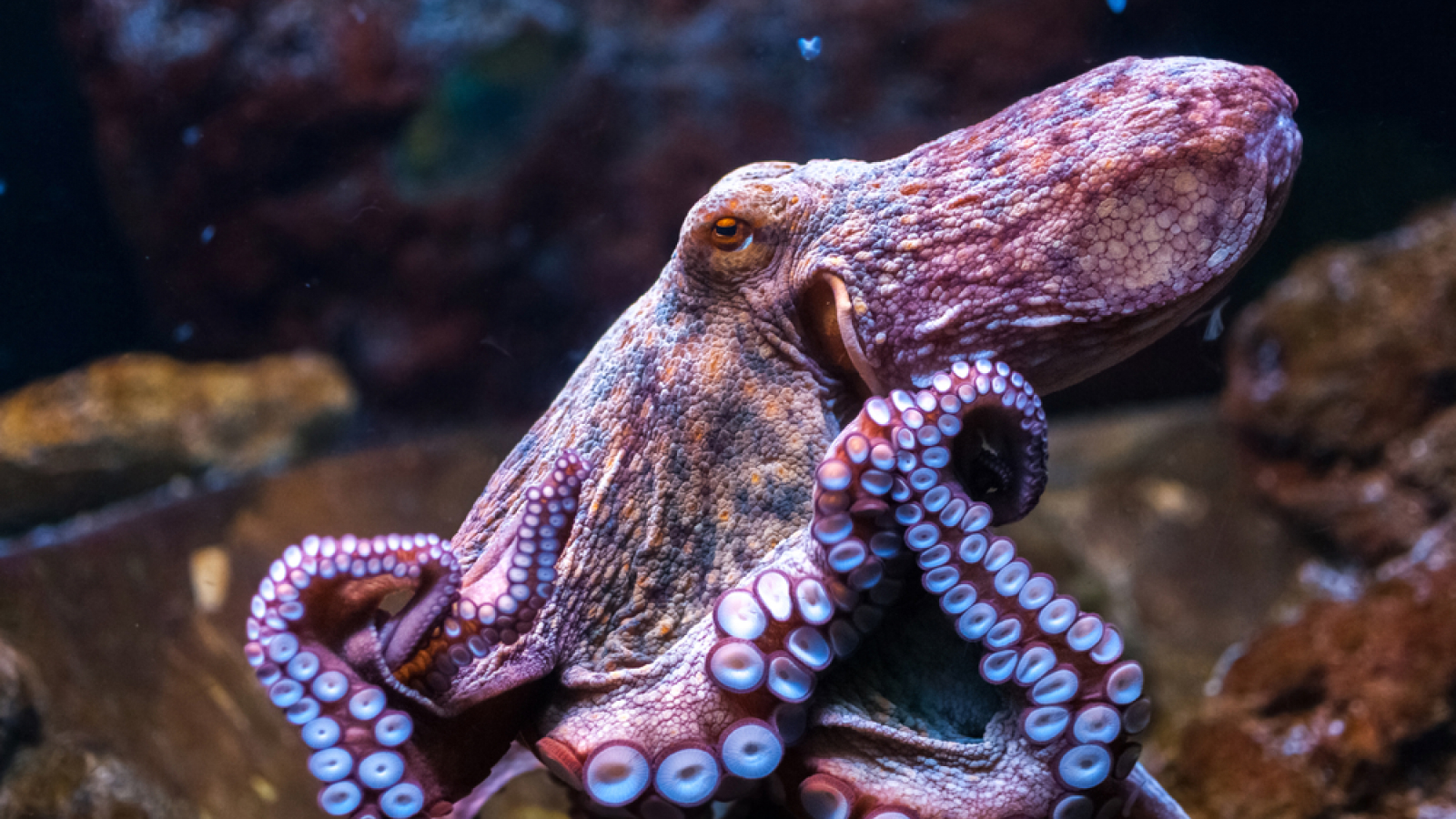
Oldest known sex chromosome emerged 248 million years ago in an octopus ancestor
By Stephanie Pappas published
The oldest-known sex chromosome emerged in octopus and squid between 455 million and 248 million years ago — 180 million years earlier than the previous record-holder, scientists have discovered.
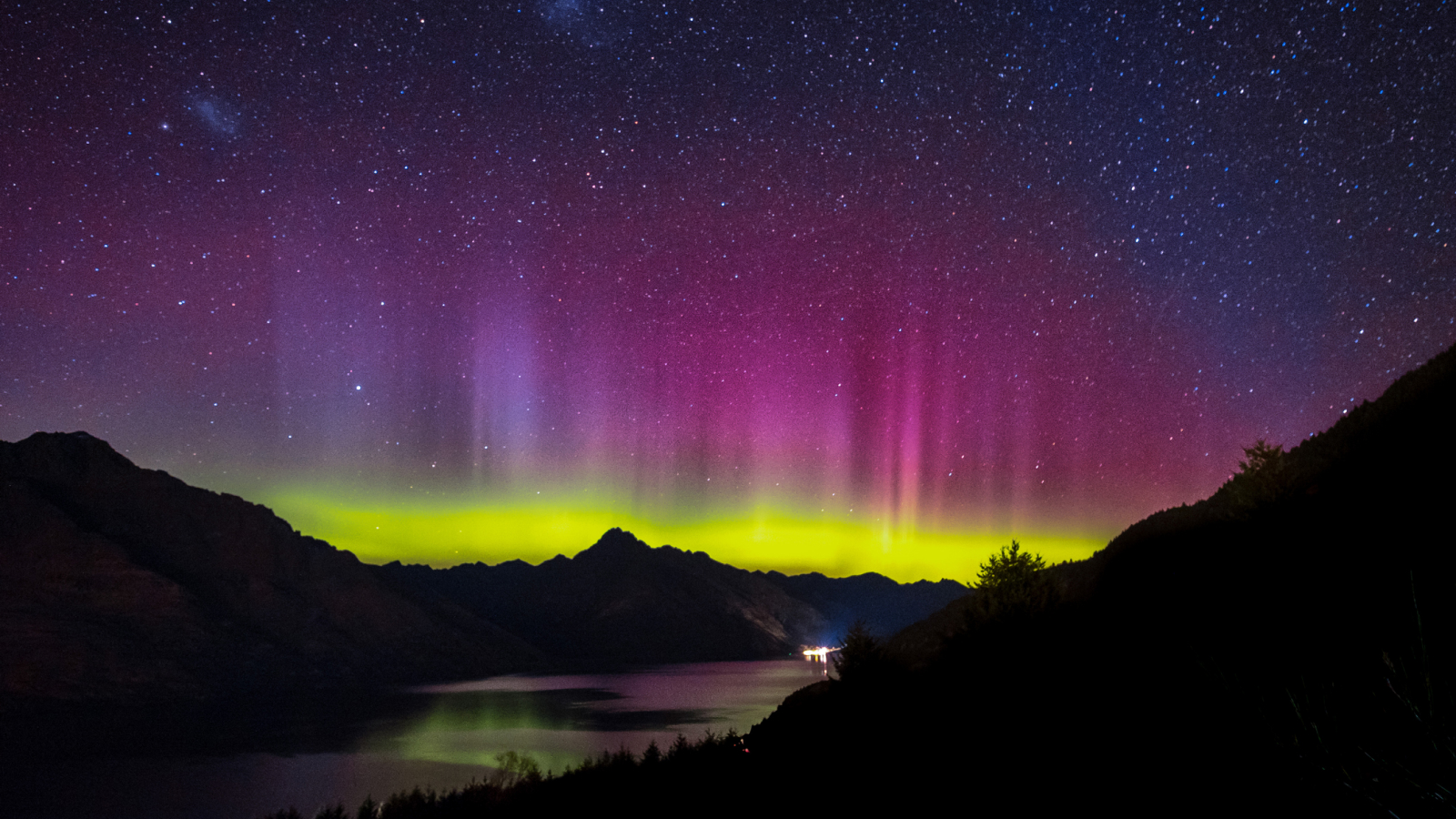
Weird dent in Earth's magnetic field is messing with auroras in the Southern Hemisphere
By Stephanie Pappas published
The South Atlantic Anomaly makes a section of the southern aurora weaker and likely dimmer.

Tinder, Hinge lawsuit raises question: Can dating apps be considered addictive?
By Stephanie Pappas published
Researchers say that regardless of whether they qualify as "addictive," dating apps are designed to keep you swiping.
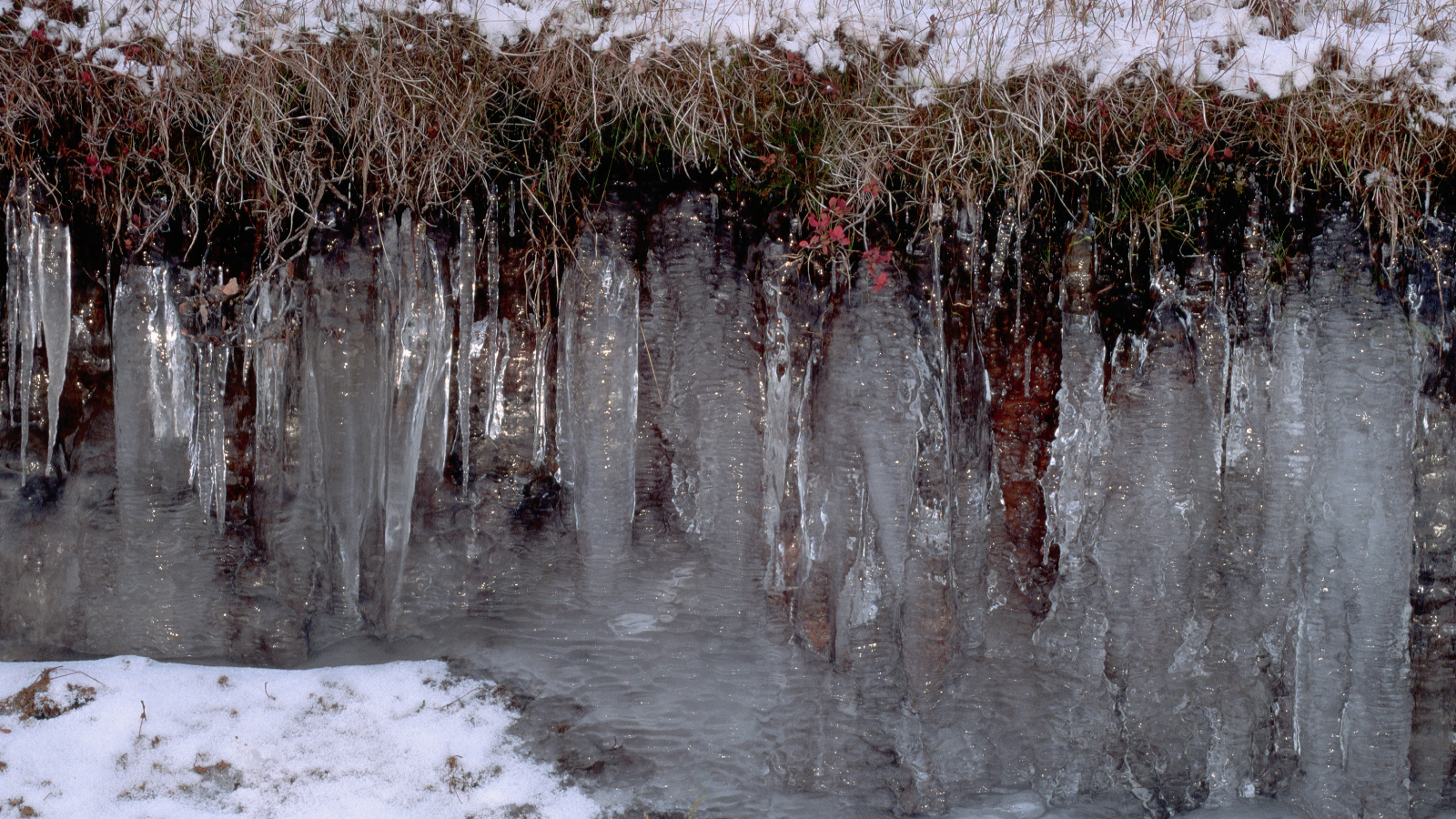
Thawing Arctic permafrost could release radioactive, cancer-causing radon
By Stephanie Pappas published
As permafrost melts as a result of climate change, it may release more radon, a colorless, odorless gas linked with lung cancer.
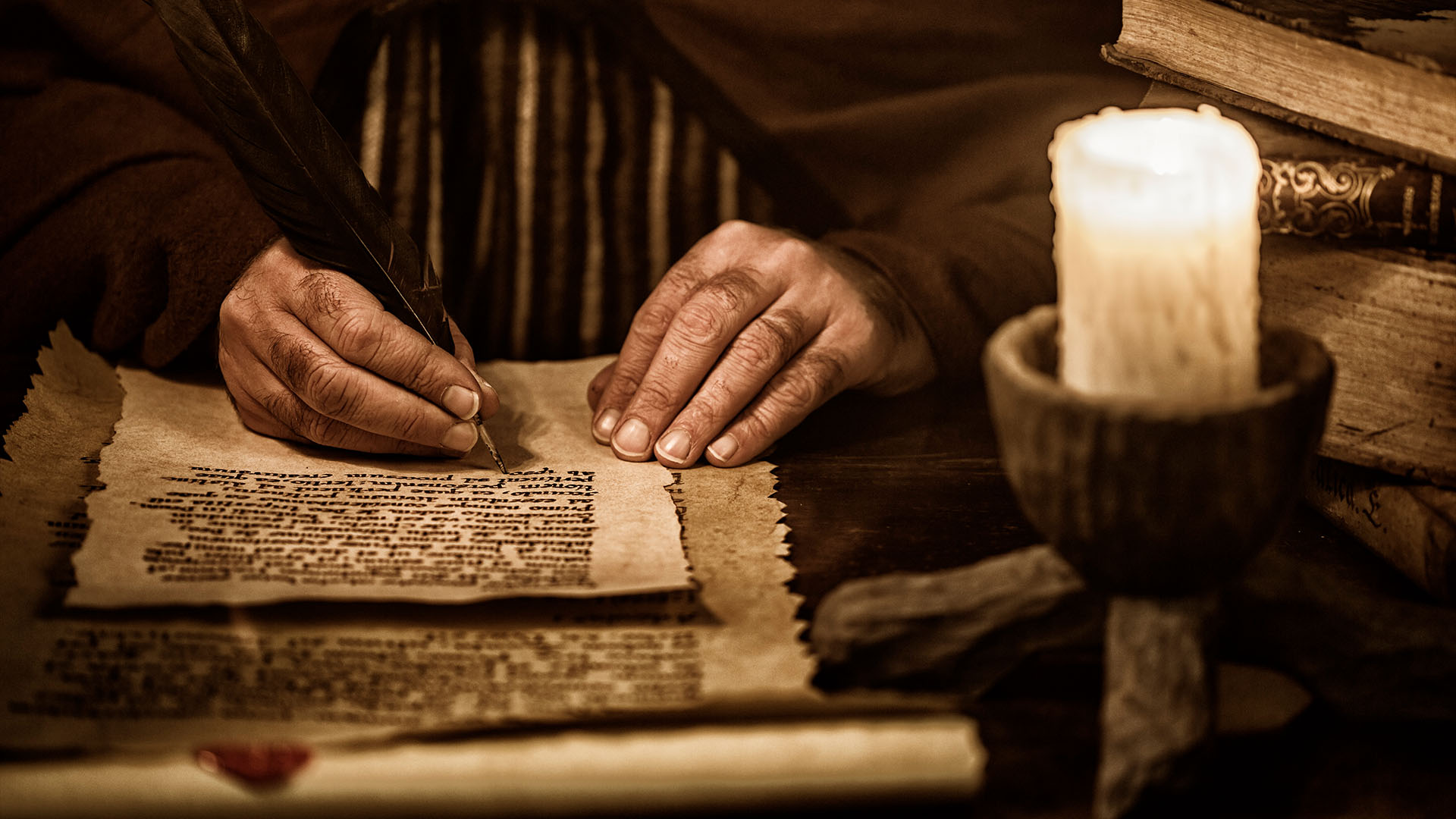
World's oldest known decimal point discovered in merchant's notes from 1440s Italy
By Stephanie Pappas published
Decimal points are at least 150 years older than historians thought, according to newly unearthed notes from Venetian merchant Giovanni Bianchini, who practiced astrology in the 1440s.

'We are approaching the tipping point': Marker for the collapse of key Atlantic current discovered
By Stephanie Pappas published
A vital Atlantic current that includes the Gulf Stream and keeps our climate in check may be giving off a warning sign of collapse.
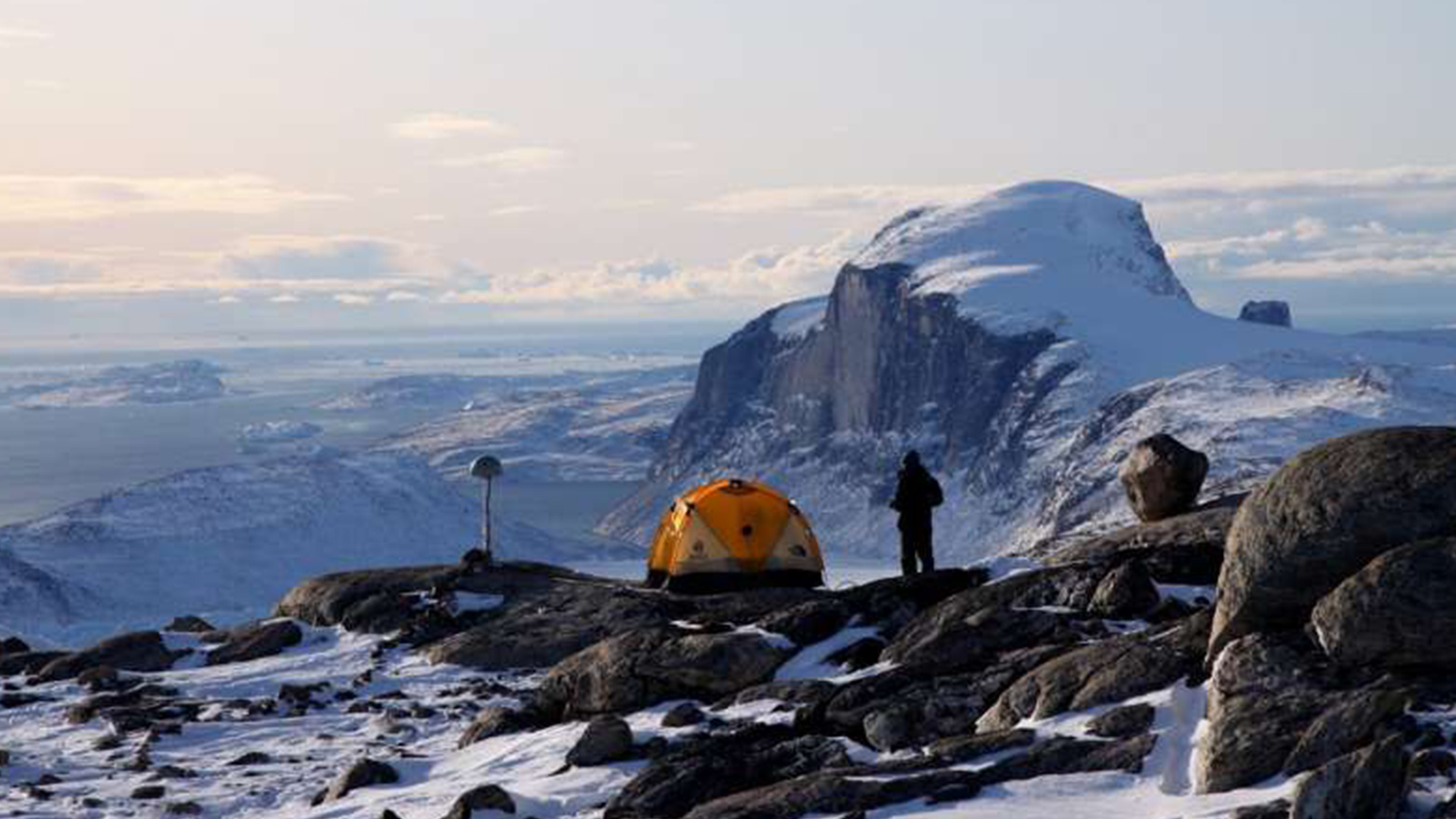
Greenland is losing so much ice it's getting taller
By Stephanie Pappas published
The bedrock of Greenland is expanding upward as the land mass sheds ice.
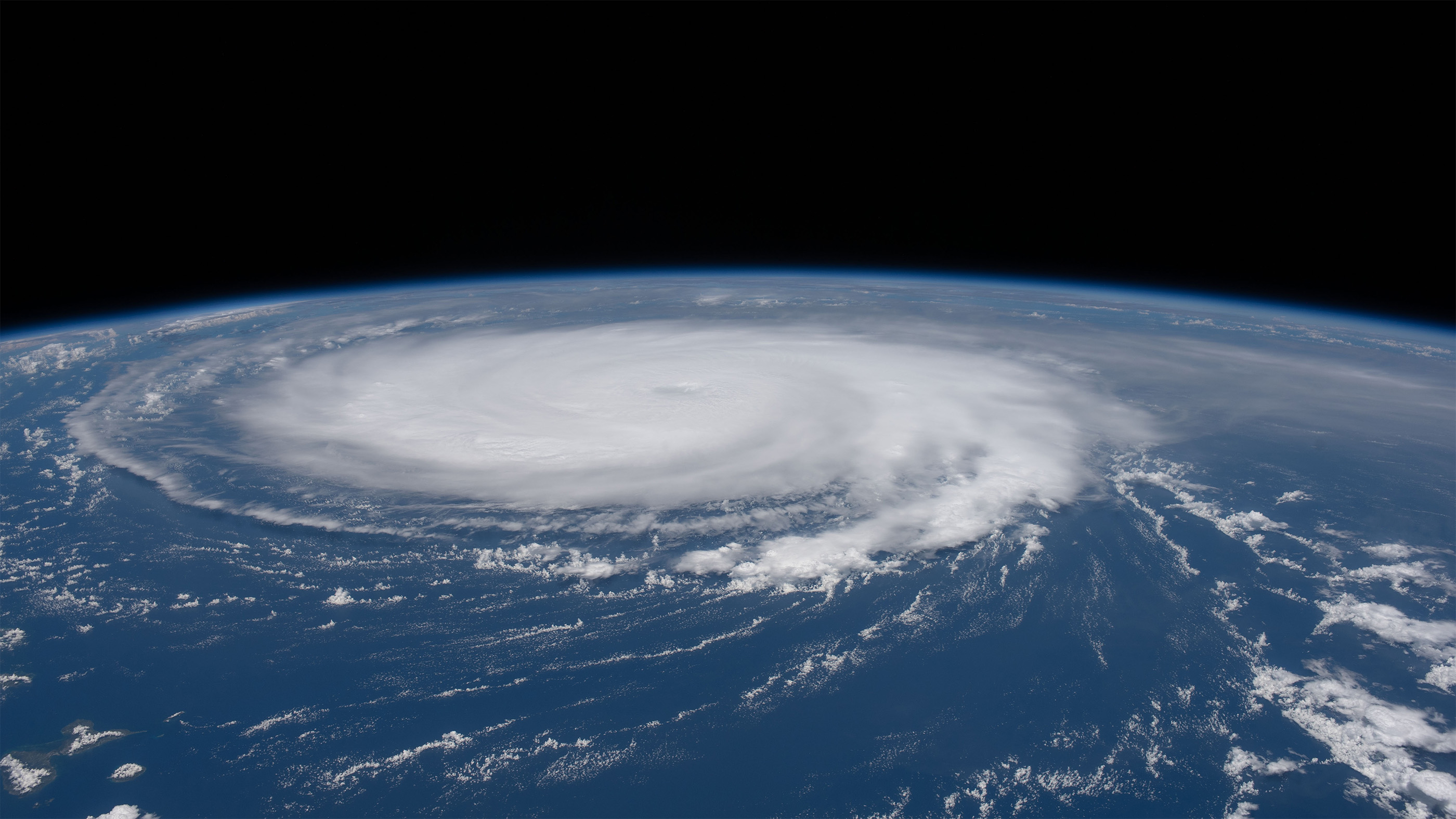
We may need a new 'Category 6' hurricane level for winds over 192 mph, study suggests
By Stephanie Pappas published
Scientists argue that adding a Category 6 to the hurricane scale will be needed as the climate changes.
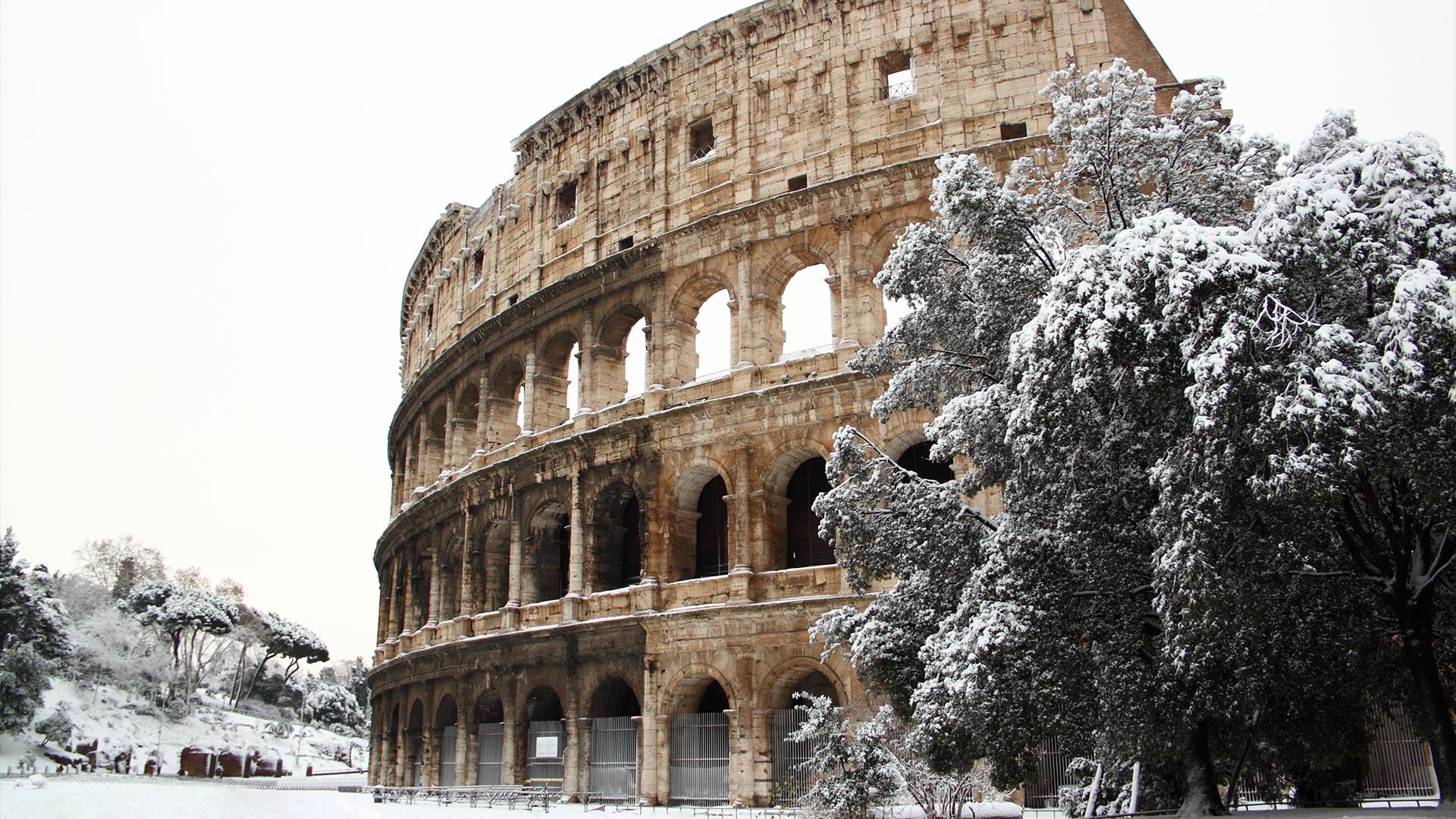
Devastating Roman-era plagues were ushered in by cold snaps, study finds
By Stephanie Pappas published
Periods of cold and severe plagues overlap in a new study of ancient Roman climate.

Seizures may be a cause of sudden unexplained child deaths
By Stephanie Pappas published
Footage from the nursery cameras of children who died of explained causes suggests that seizures are likely implicated in the tragedies.
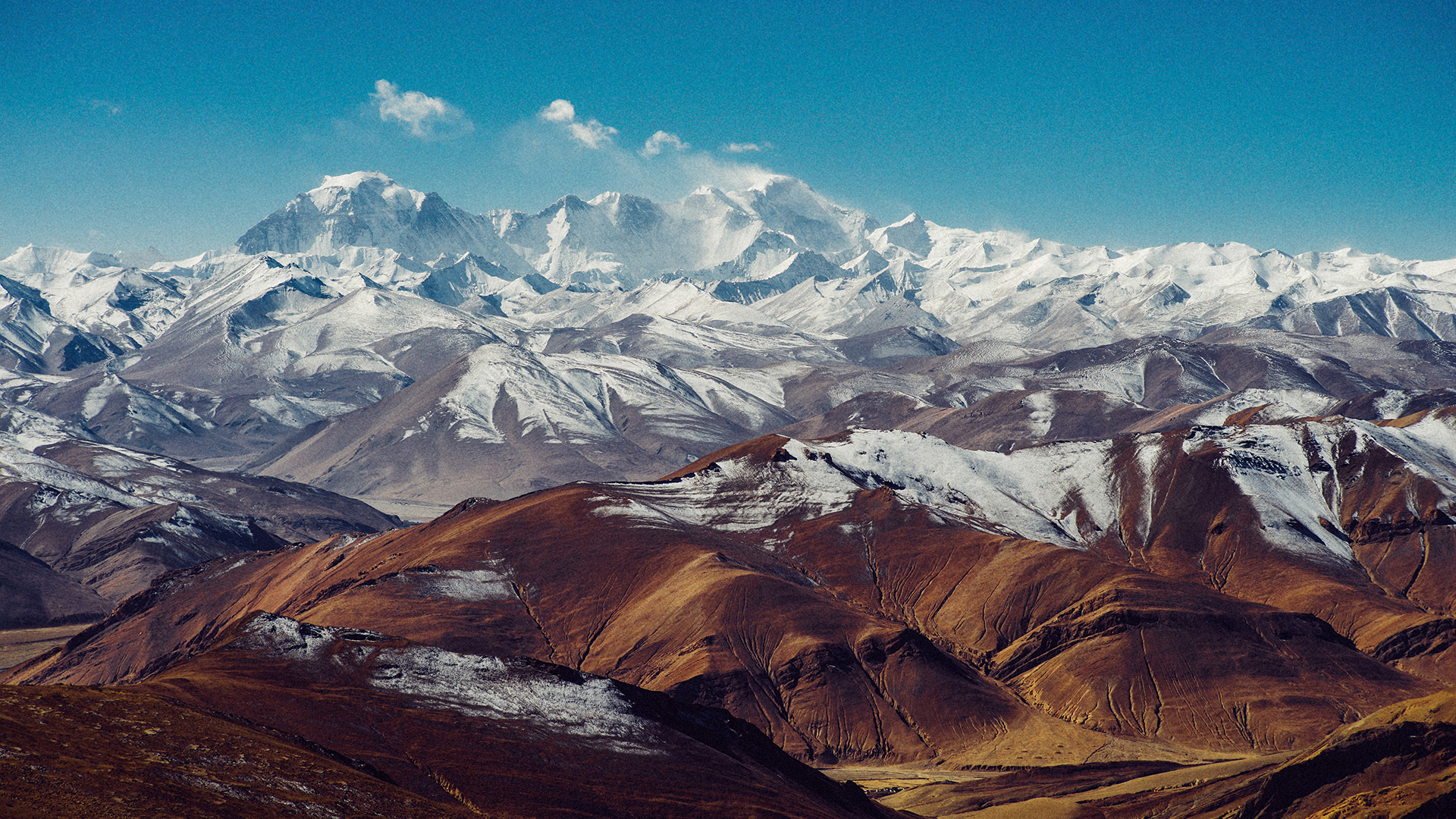
Massive tectonic collision causing Himalayas to grow may also be splitting Tibet apart
By Stephanie Pappas published
The Indian plate may be peeling into two as it slides under the Eurasian plate, tearing Tibet apart in the process.
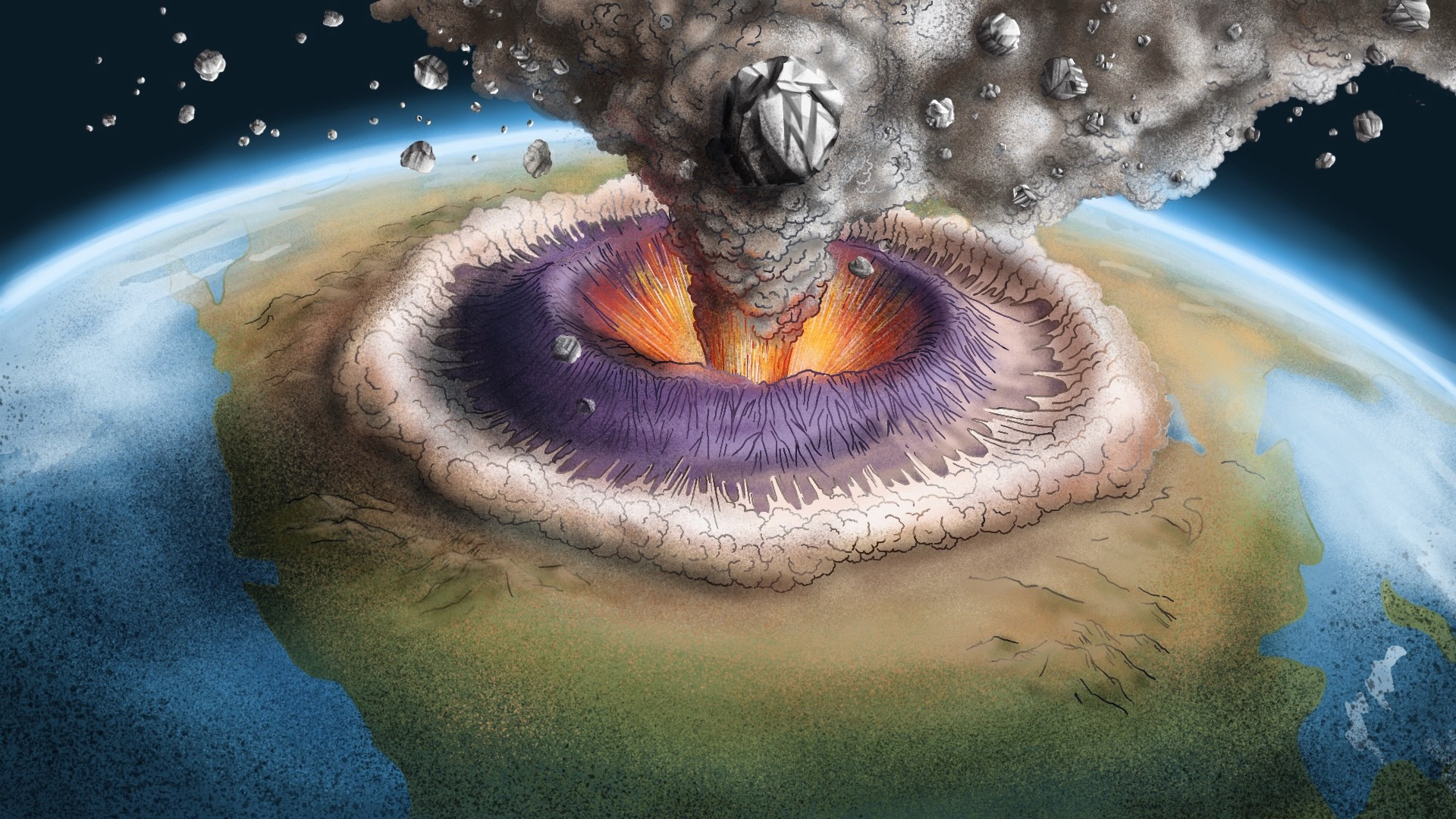
Fountains of diamonds that erupt from Earth's center are revealing the lost history of supercontinents
By Stephanie Pappas published
Diamonds seem to reach Earth's surface in massive volcanic eruptions when supercontinents break up, and they form when continents come together.
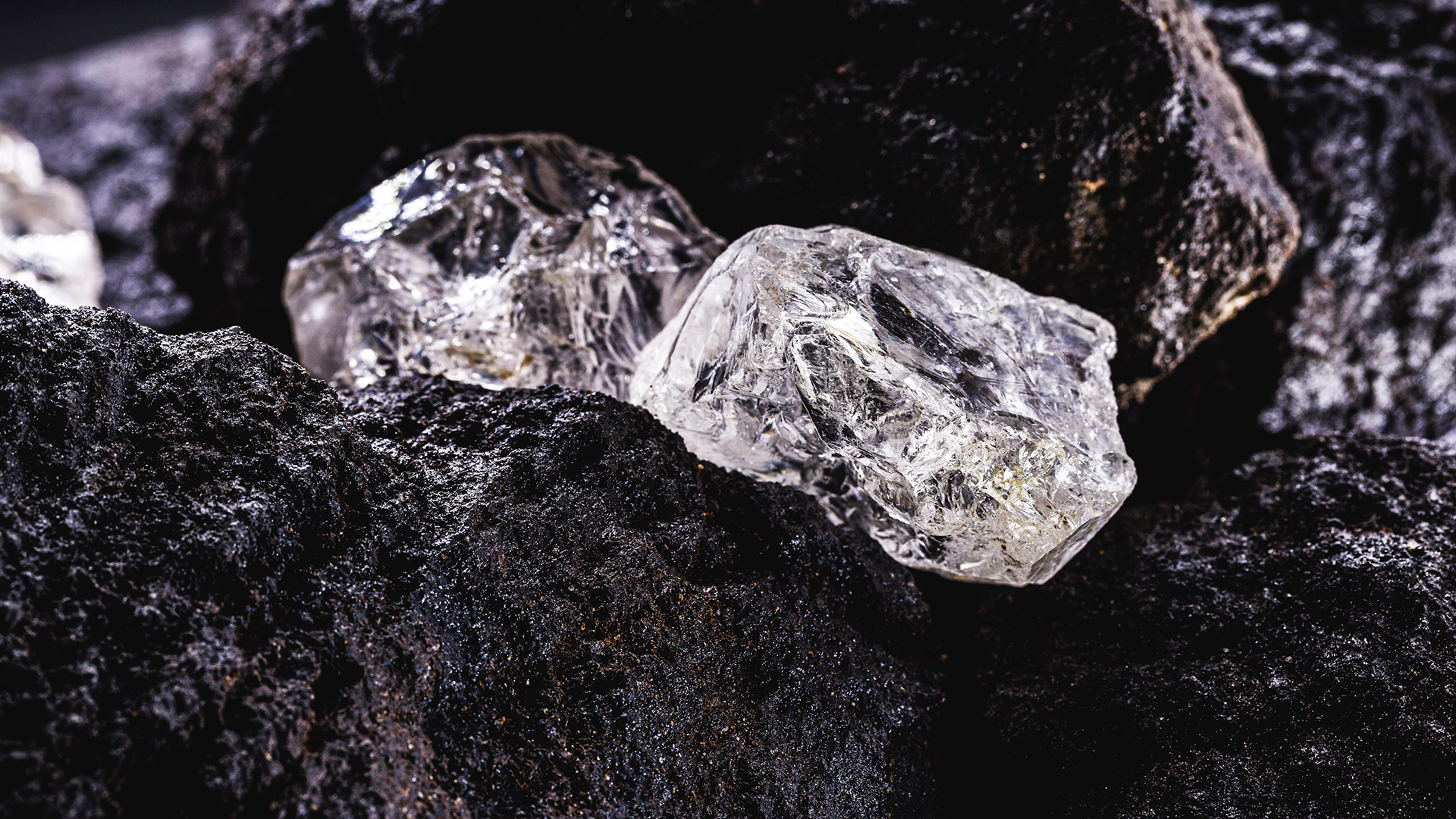
Listen to diamonds erupting from deep within Earth in striking animation
By Stephanie Pappas published
Diamonds erupt from the deep as supercontinents break up. Now you can listen to the "song" of these kimberlite eruptions.

'Superstructure' bigger than Idaho has been growing on the seafloor by Fiji since the dinosaur age
By Stephanie Pappas published
Scientists pieced together the history of a huge Pacific plateau and found a complicated story.
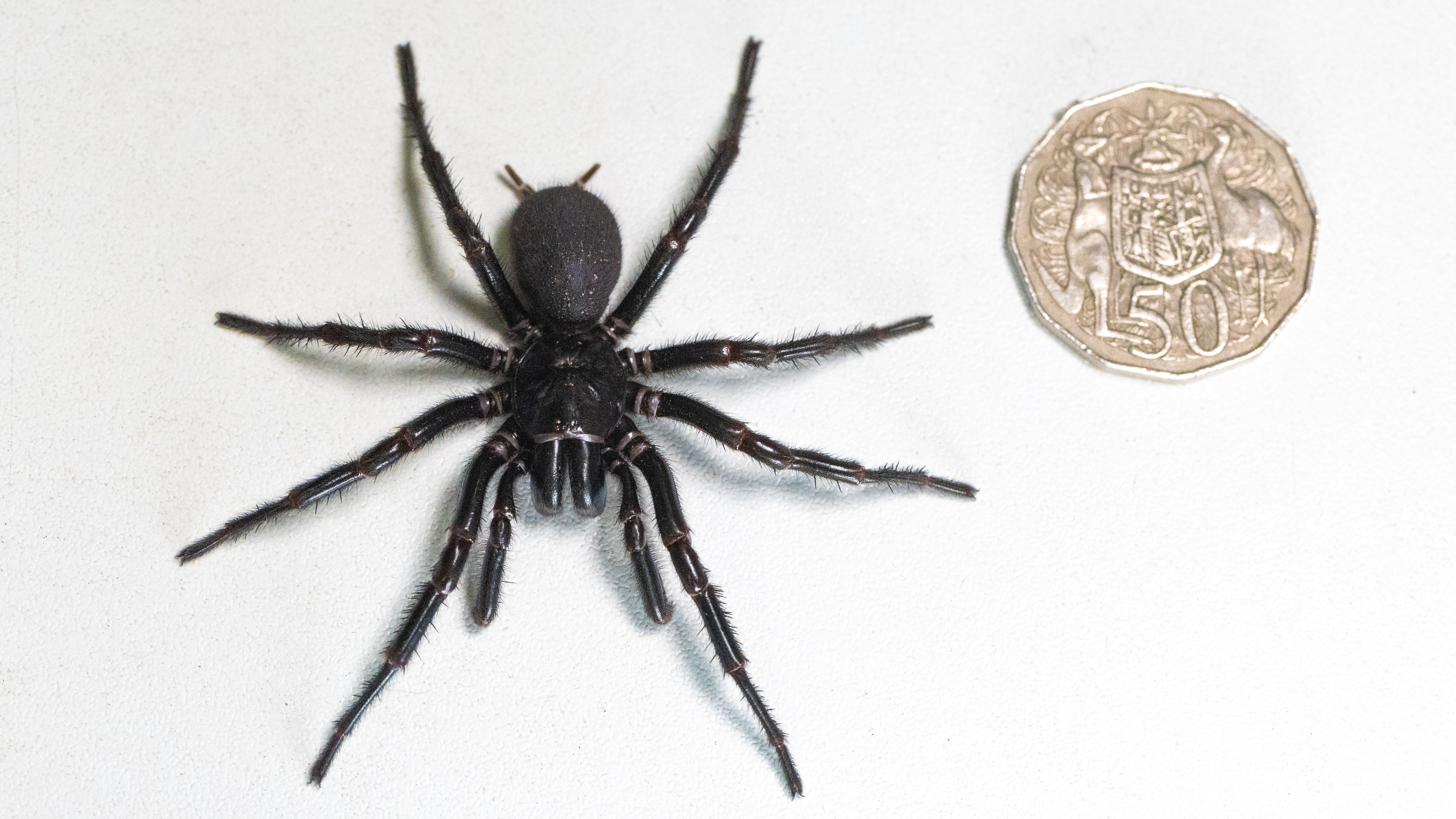
Deadly male funnel-web spider 'Hercules' breaks record as biggest ever discovered
By Stephanie Pappas published
"Hercules" the funnel-web spider is the largest male of the species ever found.
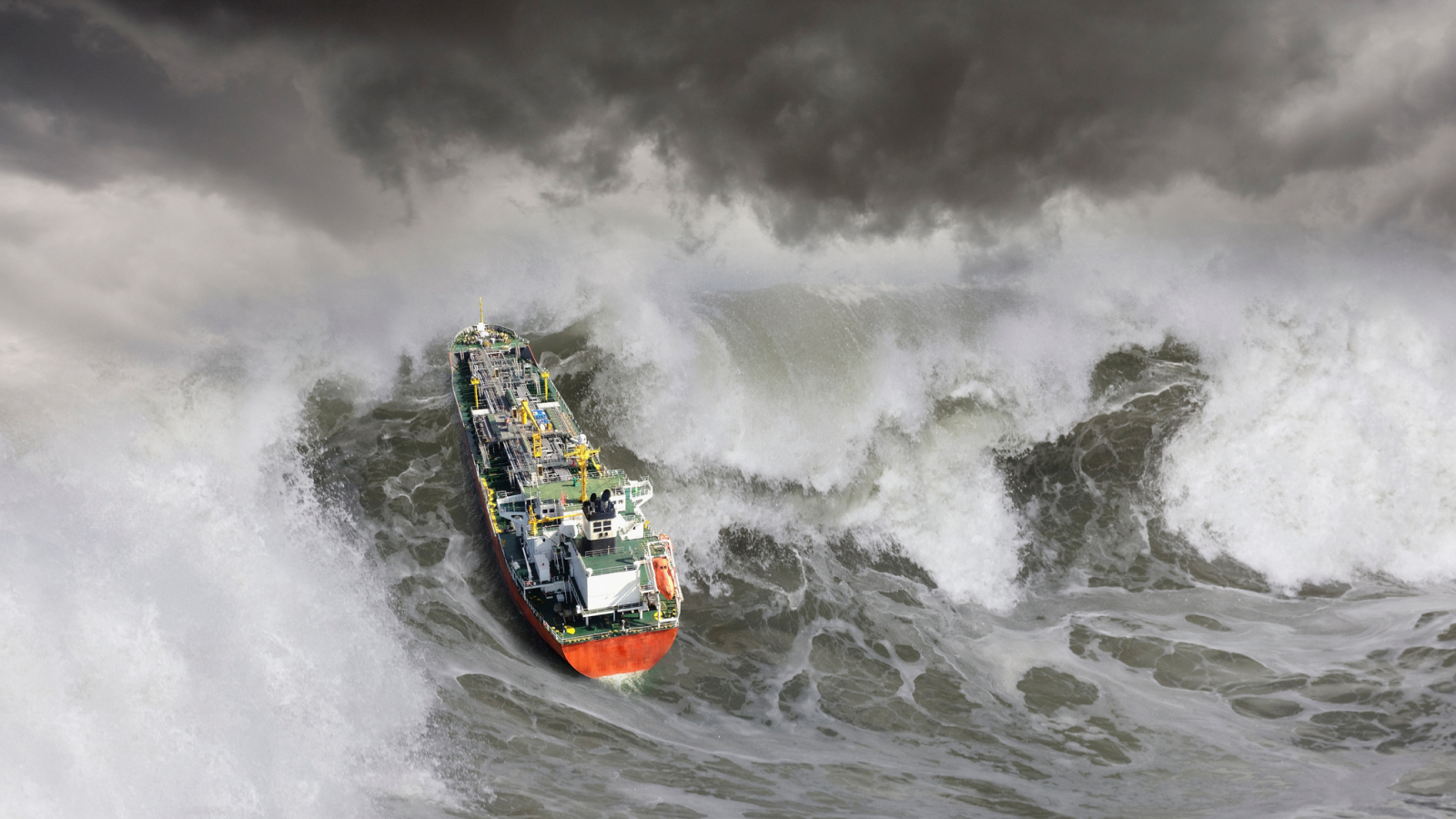
Tsunamis up to 90 feet high smash into New Zealand every 580 years, study finds
By Stephanie Pappas published
A new method of assessing tsunami risk in New Zealand finds that giant waves could hit the country's shores once every 500 years.
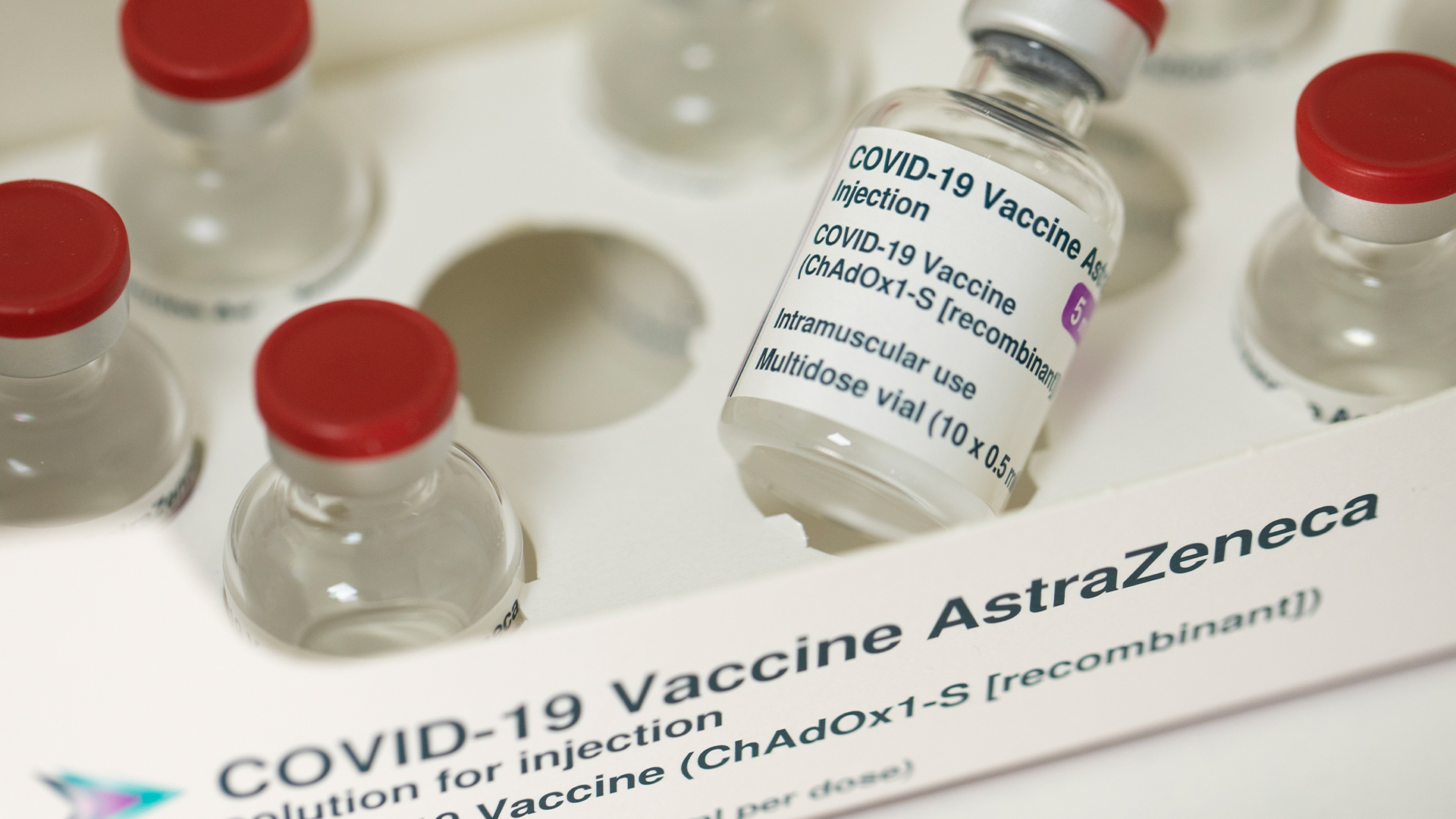
Rare clotting effect of early COVID shots finally explained — what could that mean for future vaccines?
By Stephanie Pappas published
Scientists have offered a new explanation for why COVID-19 vaccines that contained adenoviruses carried a rare-but-serious risk of blood clotting.

'Lightning-like energy bursts' could be used to track the 99% of space junk that can't be seen from Earth
By Stephanie Pappas published
Current methods of tracking space junk in Earth's orbit only follow objects bigger than a softball. A new technique could trace the 99% of junk that's smaller.
Sign up for the Live Science daily newsletter now
Get the world’s most fascinating discoveries delivered straight to your inbox.
